This book was thus never planned but gradually developed as ideas after ideas entered my mind. In this connection an Urdu couplet comes to my mind, that goes as, "Mein akela hi chala tha janbe manzil magar, log milte gai aur karvan banta gaya", I alone started the journey to my destination, but people went on joining me and the carvan was mad). Soon nevertheless, it dawned upon me that the field that I had taken plunge into was seemingly like a bottomless pit. At this late stage of my life, however, I was not in a position to pursue it Indefinitely as the time at my disposal is short and that too of uncertain duration. I had, therefore, no choice but to stop the information-gathering process at some point of time. A few initial chapters of this book may appear as out of tune with the central theme, but their incorporation as the prelude has been felt necessary in order to make the reader aware of India in its wellnigh pristine beauty and nature’s exurberance, including the vegetation, where ancient Indian civilizations thrived and attained their exalted level of spiritual and scientific developments. It also contains a short account of different races that locally existed or immigrated to this land, their cultural interactions and resultant modified mindset of later populations. The beautiful chapter entitled, "The Wonderland of the East" (i.e. India) in the Ragozin’s work, was in all likelihood, meant for consumption of the readers of the West, who had no knowledge of the charm and beauty of this land. I have borrowed this title from the above work for the enlightenment of the Indian generation of the day, which, in general, is perhaps equally ignorant of this aspect of India that has unbelieving degraded to the present level. The list of plants at the concluding part of the work is not merely the index of plant names but is much more than that. It has been presented as appendices I-III, and contains different types of information, that is explained at the beginning of each of it. Now, on the word ‘Hindu’, I find that the Aryas of India in general, has been equated with Hindus of today by many authors. The word ‘Hindu’ was coined by the Persian invaders of the pre-Alexander period. It was used for the people living in the land of Sindhu (S is pronounced as H in the Arabic language). Some of the present day Hindus, no doubt represent that section of the Aryas that still follows the original or modified Aryan way of life. Others among the Aryas had or had to embrance other faiths and are no more Hindus but still represent the Aryan stock. Moreover, all the Hindus are not Aryas. Those of South India come from the Dravidian stock and still others from the Kolaran stock. For this reason I have refrained from using this word unless it was unavoidable.
Plants in Ancient Indian Civilizations
In stock
Free & Quick Delivery Worldwide
Bibliographic information
Title
Plants in Ancient Indian Civilizations
Author
Edition
1st ed.
Publisher
Agam Kala Prakashan, 2008
ISBN
8173200734
Length
xiv+330p., Figures; Appendices; Index; 29cm.
Subjects

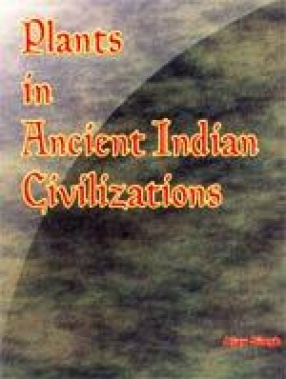
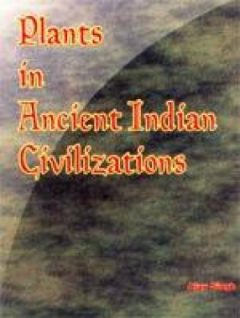
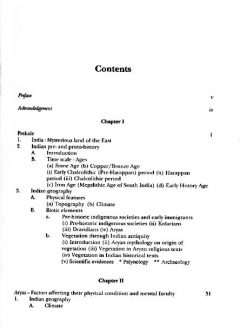



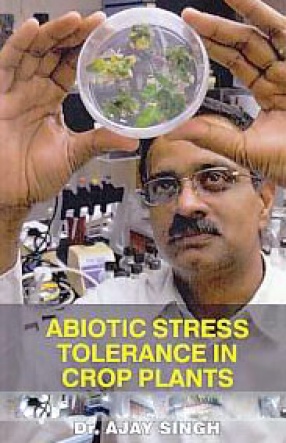

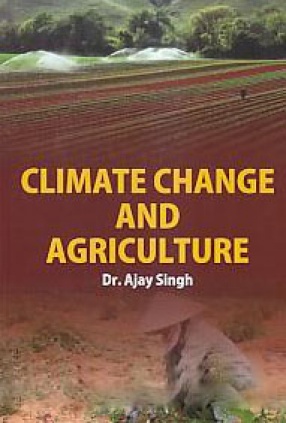
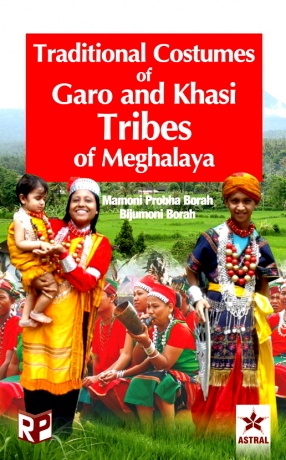
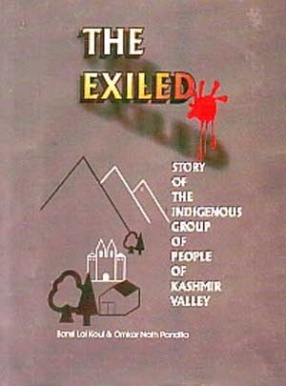
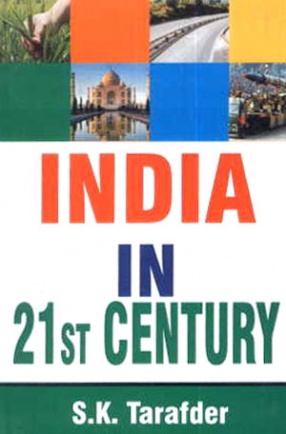
There are no reviews yet.